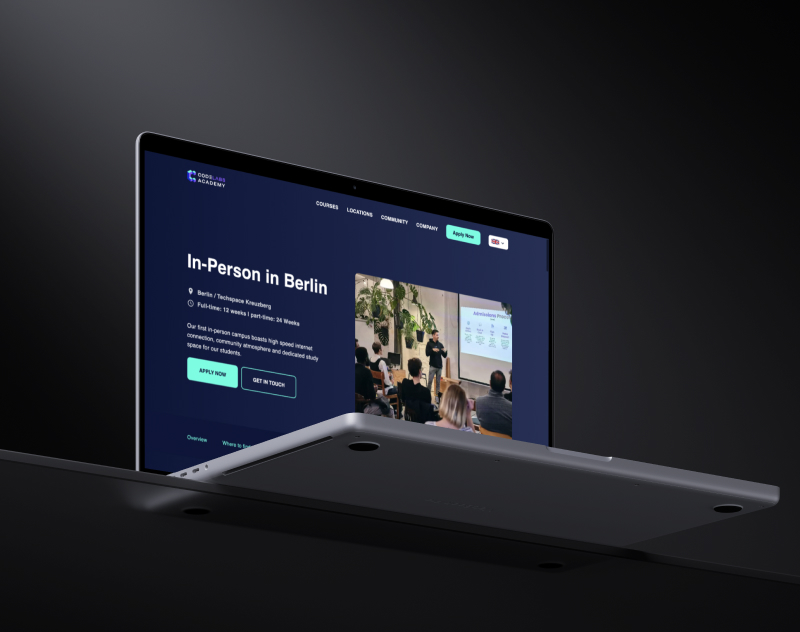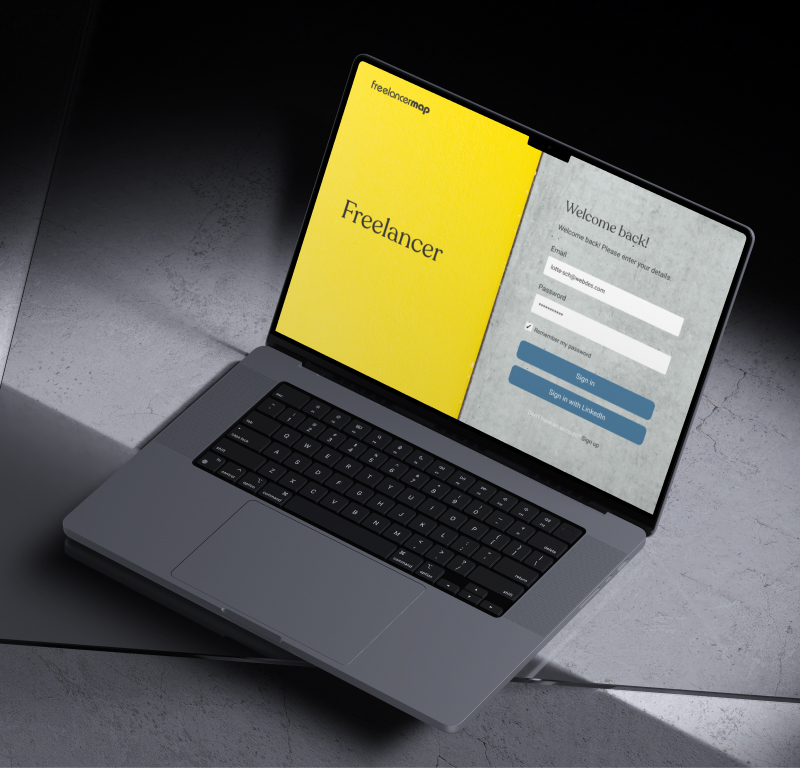Designing an Empowering Habit Tracking App
Empowering Wellness: Designing a User-Centric Habit Tracking App
In the fifth challenge of the UX/UI Design course at Ironhack, students were tasked with designing a mobile application for the National Wellness Institute that offers health-related services on smartphones, tablets, and other communication devices. The scope of health apps is wide-ranging, encompassing a variety of wellness aspects, and for this particular challenge, a habit tracking app was chosen as the focus. As an individual who has found value in using habit tracking apps to improve my own wellness and productivity, I decided to design a habit tracking app that could potentially benefit others in the same way.
Exploring User Perspectives and Pain Points
The development of my habit tracking app was inspired by James Clear’s Atomic Habits, which provided valuable insights into techniques for changing habits, such as habit bundling. Additionally, the book emphasized the importance of consistently practicing good habits, regardless of their perceived size, as they can ultimately lead to greater success over time.
To begin my user research, I created a public survey and conducted interviews, which resulted in 55 survey participants and 4 interviewees. The feedback obtained through these methods served to both validate some of the insights I had previously gained through my secondary research and provide me with further insights regarding which features would be important to users. For instance, the results showed that features such as to-do lists, progress tracking, and daily reminders were highly valued, while advice on habit formation was not seen as a significant priority for users.
Based on the insights gathered through the user research, I was able to create a user persona named Ilse — a 29-year-old bartender residing in Berlin. Ilse is driven to make positive changes in her life, with two primary goals being to cultivate a daily habit of working on her music and to quit smoking. Notably, Ilse prefers not to spend an excessive amount of time on her phone.
With Ilse’s profile in mind, I developed two user stories that exemplify how she might interact with the habit tracking app.
‘As someone who would like to quit smoking, I want to keep track of my progress doing so, so that I feel motivated to abstain from it.’
‘As someone who wants to make more progress with my music, I want to be reminded every day to work on that so that I can be more productive.’
Identifying the Opportunity
Through my research, I discovered that many habit tracking apps currently available on the market can be overly complicated, incorporating unnecessary features that may not cater to the specific needs of individual users. This can make it challenging for individuals seeking to make positive changes to find a habit tracking app that is both effective and easy to use. As such, it is crucial for a habit tracking app to offer a simple and intuitive way for users to track their progress.
With this in mind, I hypothesized that a habit tracking app with a targeted design that eliminates confusion and allows for less time spent interacting with the app could be particularly effective. To assess the validity of this hypothesis, I proposed the measurement of whether 70% of the app’s users are able to achieve a streak of 66 days with their new habits. This timeframe is based on the average amount of time it takes to develop a new habit and would provide valuable insight into the app’s effectiveness at helping users make lasting positive changes.
Drawing from my research and hypothesis, I developed a minimum viable product (MVP) for a habit tracking app. The MVP is designed to facilitate the formation and breaking of habits, providing users with the tools and resources necessary to achieve their goals. Key features include the ability to set goals, track progress through charts, bundle habits, and receive advice on how to effectively break or form habits. The app also includes reminders to help users stay on track and maintain motivation.
The design and methodology of the app were inspired by the book ‘Atomic Habits’ by James Clear. The MVP incorporates some of the key strategies outlined in the book, such as habit bundling and the importance of daily habits, to provide users with a robust and effective tool for habit formation.
Developing a Prototype
To gain further insights and inspiration for the habit tracking app, I conducted a thorough analysis of competitors in the market, including HabitBull, Productive Habit Tracker, Google Calendar (which offers some habit tracking features), Habitica, and more. Through this analysis, I discovered a variety of styles used by these competitors, but also found overlapping features that I could incorporate into my own design. To determine which features were essential, desirable, or optional, I used the MoSCoW method.
After gathering insights from competitors and user research, I aimed for a modern and minimalist look in the app’s design. One crucial insight gained from the research was that habit-tracking apps can often be too complex, so I made simplicity a priority in my approach.
To start designing the app’s user flow, I created a prototype that began with a motivational quote from the book Atomic Habits by James Clear. The user then proceeds to the main page, which displays current habits and the option to add new ones. Users can choose to track individual habits or bundles of habits. Upon adding a new habit, users can name it, select its type, frequency, and reminders. After completing a habit, users can check it off for the day and view progress by percentage and a calendar highlighting successful and unsuccessful days. As time goes on, users receive reminders to update their progress and check off their final habit of the day.
To ensure a seamless experience for users, I tested the user flow prototype. See the user flow in action in the video below.
By clicking here, you can also interact with my prototype in Figma.





